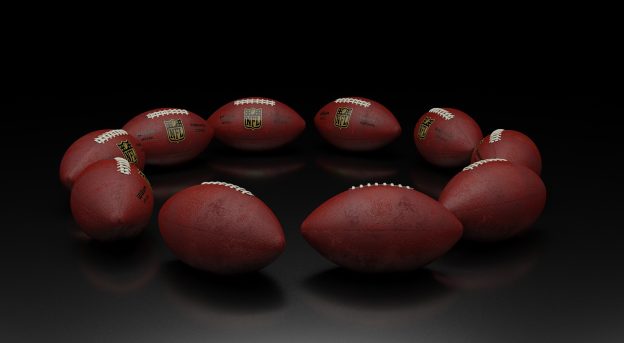Matthew Shalna – “Humiliation. Disbelief. Anger.” These are the emotions that former National Football League (NFL) head coach, Brian Flores, experienced after learning his interview with the New York Giants was a “sham.” The team interviewed him only to satisfy the “Rooney Rule” (which requires NFL teams to interview at least one black candidate for a head coach opening) and had already decided that it was hiring someone else before Flores’ interview.
This, along with other similar occurrences, sparked a class-action lawsuit. On February 2, 2022, Flores and two other former coaches, Steve Wilks and Ray Horton, filed a complaint as class representatives against the NFL alleging racially-discriminatory hiring practices. The complaint details the NFL’s history of racially-discriminatory practices both on and off the field, such as the ousting of Colin Kaepernick and the obstacles it placed before black players who were attempting to collect concussion settlement awards.
The complaint promises that a formal charge of employment discrimination will be filed with the Equal Employment Opportunity Commission (EEOC). Based on the facts put forth in the complaint, what might this employment discrimination lawsuit look like?
At the outset, we have to look at what type of employment discrimination lawsuit this will be. Broadly speaking, class-action employment discrimination lawsuits come in two types: disparate impact and disparate treatment. A disparate impact class of plaintiffs argues that a practice or policy that is neutral on its face has a racially-discriminatory effect. Disparate impact does not require intentional discrimination; it only requires a discriminatory result. A disparate treatment lawsuit, on the other hand, requires that the class of plaintiffs show that the employer intended to discriminate on the basis of race.
Based on the content of the complaint, it seems likely that the plaintiffs will choose to pursue a disparate treatment claim. For one, the complaint alleges disparate treatment under 42 U.S.C. s. 1981. It makes sense that the plaintiffs will continue with the intentional discrimination theme in the EEOC charge. Also, a disparate impact plaintiff cannot collect compensatory damages (i.e., money) while a disparate treatment plaintiff can—the complaint makes clear that lost compensation is a priority. Additionally, certain portions of the complaint allege that the NFL is discriminating intentionally.
A disparate treatment claim requires that the EEOC (representing Flores and the rest of the class), to prove a prima facie case of intentional discrimination, must show that the NFL has established a “pattern or practice” that is intentionally discriminatory on the basis of race. The pattern or practice must be shown to be the regular, and not the unusual, operating procedure of the NFL. To do this, the EEOC must present some evidence that black coaches are underrepresented in the NFL. Underrepresented means that there are, in this case, less black coaches than there would be without the allegedly discriminatory policy. Typically, this is done with statistical evidence, which is sometimes paired with anecdotes.
Flores will probably be able to establish a prima facie case. The complaint offers statistical evidence to show that black coaches are underrepresented. Additionally, the complaint provides multiple anecdotes to support that evidence. For example, the complaint alleges that Ray Horton, a black prospective coach, received an urgent request to interview with the Tennessee Titans, and hopped on a red-eye flight to make it in time on short notice. In reality, however, the Titans had already made up their mind to hire a different, white coach—they were interviewing Horton merely to satisfy the “Rooney Rule.”
After the prima facie case is established, the burden shifts to the NFL to demonstrate that either (1) the statistics are flawed, or (2) the statistics are the product of non-discriminatory behavior; i.e., the employer must give some non-discriminatory excuse for the troubling statistics. Initially, the NFL responded to the lawsuit and commented that is was “without merit,” and that diversity is the core of everything it does. Presumably, then, the NFL may try to attack the suit on both grounds: (1) that the statistics are faulty, and (2) if those statistics are found to be valid, that there is a non-discriminatory reason for the statistics (say, for example, that “the white coaches were more qualified”). The case will largely hinge on the NFL’s response to the prima facie case.
Overall, this incredibly interesting case will likely proceed as follows: the plaintiffs file a charge with the EEOC; the EEOC becomes the plaintiff, files a lawsuit against the NFL, and establishes a prima facie case by arguing that the NFL’s hiring practice is intentionally discriminatory, and the NFL attempts to rebut that prima facie case with a competing statistical analysis or with a non-discriminatory reason for the statistical disparity. How a jury may weigh that competing evidence is, at this stage, anyone’s guess.


